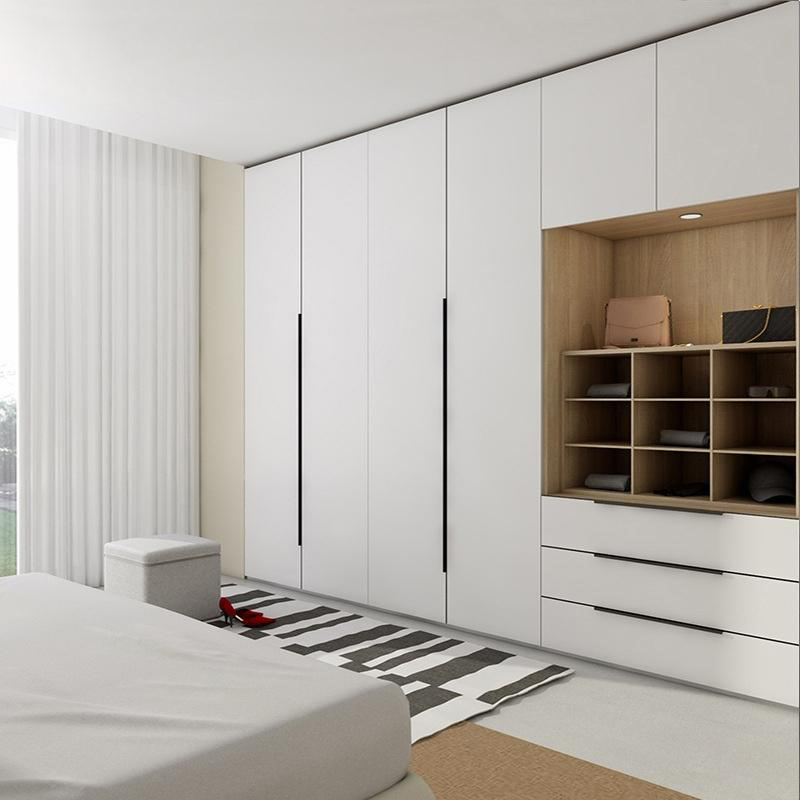PETG skin-feel film is gaining popularity in industries such as high-end packaging, consumer electronics, and furniture decoration. Known for its soft, velvet-like touch, excellent optical clarity, and eco-friendly characteristics, it is often used as a premium surface layer.
Compatibility with Printing Processes
1. Screen Printing
PETG skin-feel film works well with UV screen printing techniques. Its smooth, treated surface allows ink to adhere effectively, especially if the film includes a printable coating or primer layer. Screen printing is commonly used for logos, patterns, and decorative effects on electronics or packaging.
2. Digital and Inkjet Printing
PETG can also support UV inkjet and eco-solvent printing, especially if the film is specially treated for printability. However, untreated PETG skin-feel films may resist ink adhesion, so using a pre-treated version is highly recommended.
3. Hot Stamping and Embossing
Due to its heat-resistant and flexible surface, PETG skin-feel film performs well in hot stamping and embossing applications, adding tactile and visual appeal to premium packaging or book covers.
Lamination with Other Materials
PETG skin-feel film can be laminated with a variety of substrates, provided that temperature, adhesive type, and pressure are properly managed.
1. Paper and Paperboard
This is one of the most common applications, especially in luxury packaging (e.g., perfume boxes, gift bags). PETG skin-feel film is laminated onto coated or uncoated paperboard using water-based or solvent-free adhesives. The result is a premium tactile experience that enhances shelf appeal.
2. Plastic Sheets (e.g., ABS, PC, PVC)
In consumer electronics or automotive interiors, PETG film is frequently laminated onto plastic substrates. In-mold lamination (IML) or thermoforming can be used depending on the complexity of the product shape.
3. Wood Panels or MDF
For furniture applications, PETG skin-feel film can be laminated onto wooden boards or medium-density fiberboard (MDF) using PUR hot-melt adhesives, giving surfaces a soft-touch finish with improved scratch resistance.
4. Metal Surfaces
Some advanced designs involve laminating PETG skin-feel film onto aluminum or other metal substrates. While possible, this requires careful surface preparation and adhesive selection to ensure bonding strength.
Key Considerations
Surface Treatment: Choose PETG film with a printable coating or corona treatment if you intend to print.
Adhesive Compatibility: Ensure the adhesive does not damage the soft-touch layer and is heat-resistant if post-processing is involved.
Processing Temperature: PETG has a relatively low glass transition temperature (~80°C); avoid overheating to maintain surface quality.
Environmental Conditions: Some adhesives and inks require humidity and temperature control to ensure optimal performance.
PETG skin-feel film can absolutely be printed and laminated with other materials—making it a highly versatile and value-added material in multiple industries. Whether you're aiming for premium packaging, elegant furniture panels, or tactile device casings, PETG film offers an excellent combination of aesthetic appeal and functional compatibility.
Success depends on using appropriate surface treatments, printing inks, adhesives, and processing techniques. Partnering with experienced converters or material suppliers is key to unlocking the full potential of this material in your product designs.



 English
English 中文简体
中文简体









